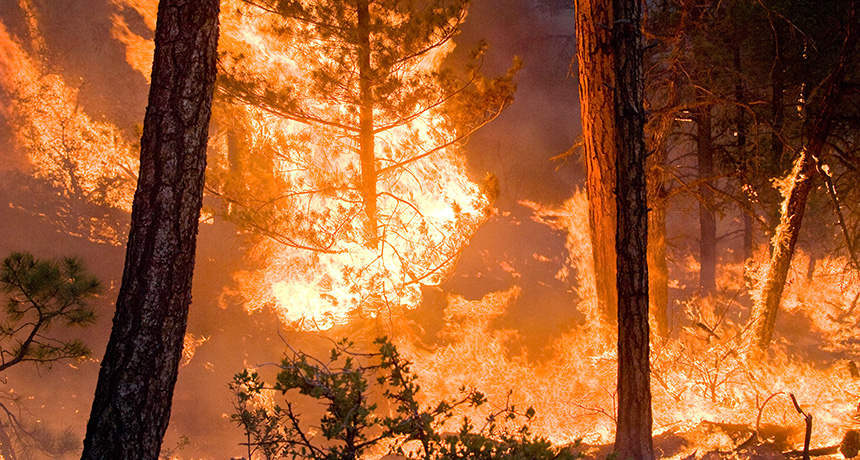Wildfire seasons have gotten almost 20 percent longer
All forested continents except Australia now at greater risk than in 1979

WORLD ON FIRE The average length of wildfire seasons has risen dramatically in recent decades, threatening ecosystems, economies and the climate, scientists report.
ari Greer/Gila National Forest (CC BY-SA 2.0)